Space
Sign up for our newsletter
We summarize the week's scientific breakthroughs every Thursday.
-

-
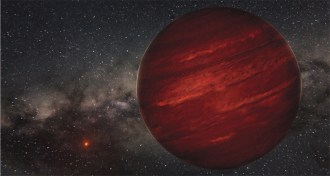 Astronomy
AstronomyYoung, hot exoplanet takes title for longest year
Newly discovered exoplanet sits a whopping 2,000 times farther from its star than Earth does from the sun.
-
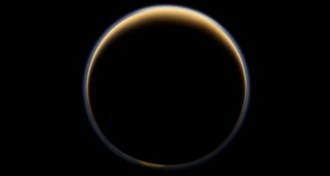 Planetary Science
Planetary ScienceTitan’s haze gives clues to clouds on exoplanets
Titan’s hazy atmosphere may help astronomers better understand what’s going on in the clouds of exoplanets.
-
 Cosmology
Cosmology2014 Kavli Prize winners announced
Cosmic inflation, nanoscale imaging and a better understanding of memory earn million-dollar honors with the Kavli Prize.
-
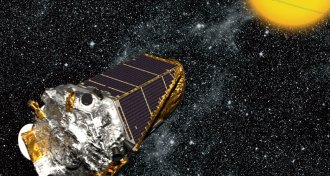 Astronomy
AstronomySun shines new life on Kepler space telescope
NASA approved a proposal to bring the crippled Kepler spacecraft back to life, using sunlight as balance to help the telescope search for planets and more.
-
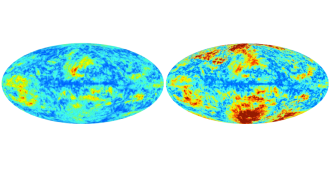 Cosmology
CosmologyDustup emerges over gravitational waves discovery
While cosmologists wait for data from Planck satellite, some worry that BICEP2 data actually come from our galaxy.
-
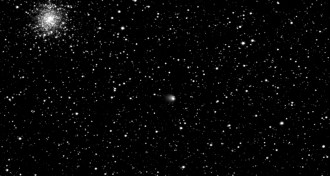 Planetary Science
Planetary ScienceRosetta spacecraft’s comet develops dusty envelope
Comet 67P/Churyumov-Gerasimenko, the target of ESA’s Rosetta mission, has developed a dust coma.
-
 Astronomy
AstronomySun’s sibling spotted
A nearby star may have come from the same birth cluster as the sun; learning how to find other solar siblings could point the way to their common origin.
-
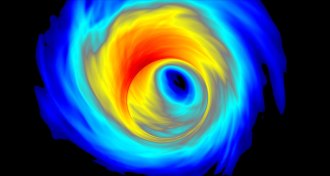 Cosmology
CosmologyThe mysterious boundary
A debate has arisen over whether an astronaut passing a black hole’s point of no return would get stretched to death or flash-fried. Resolving the controversy may lead to new insights about gravity and more.
By Andrew Grant -
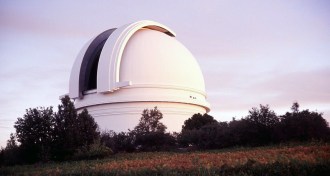 Cosmology
CosmologyRevamping the size of the universe
Despite new telescopes and technology, no one knows whether the universe is infinitely large or even if what has been observed is the only universe that exists.
-
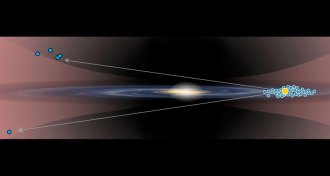 Astronomy
AstronomyMilky Way’s far side reveals some secrets
Variable stars provide first direct measurements of distance to the far side of the Milky Way.
-
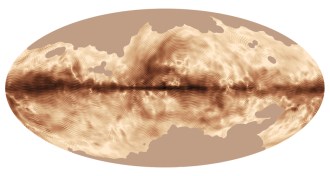 Astronomy
AstronomyMilky Way’s magnetic field mapped
The Planck telescope sees the galaxy’s magnetic field in polarized light bouncing off interstellar dust grains.